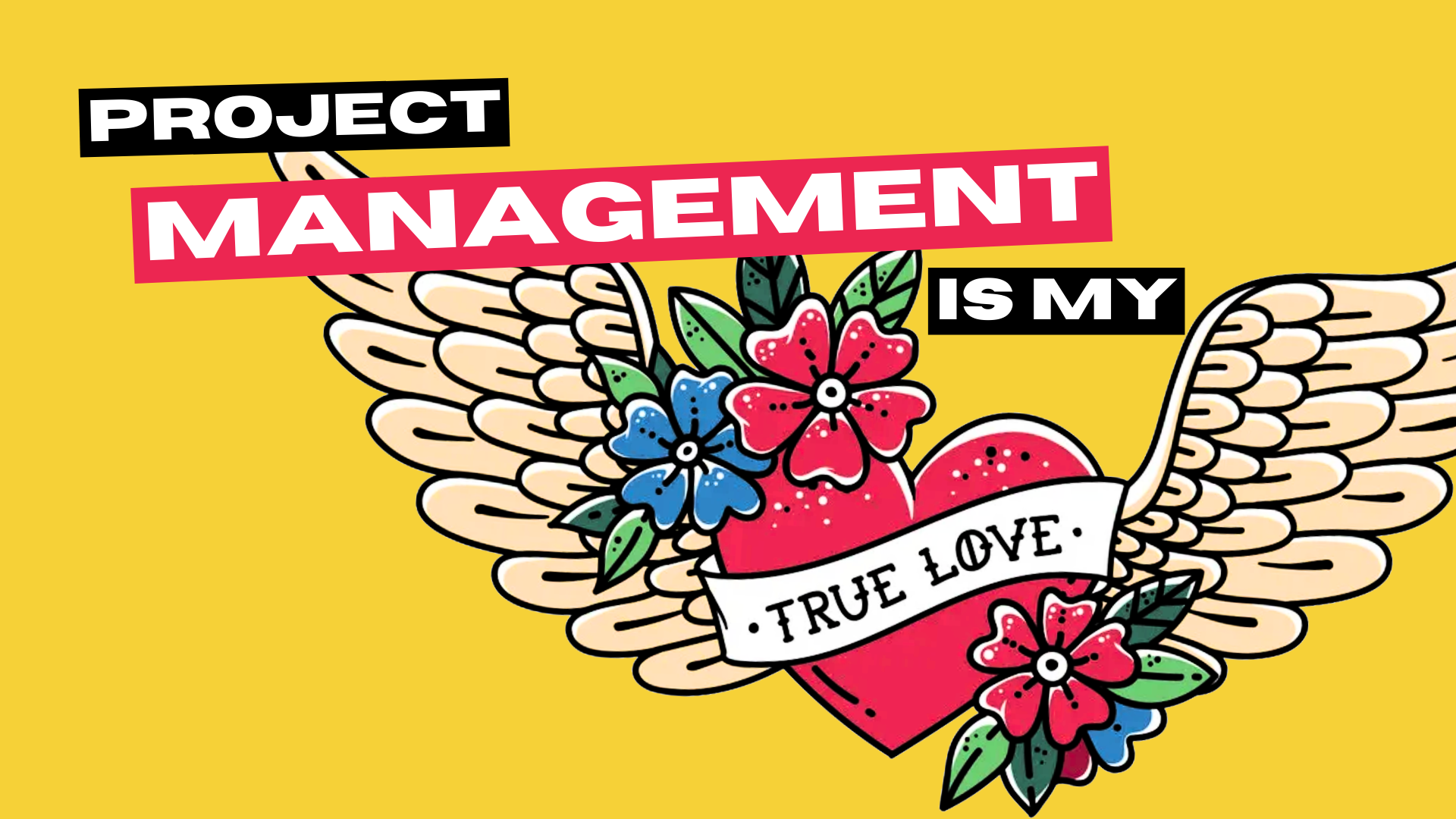When I first arrived in Los Angeles as an immigrant, many years ago, I found my first job at an Apple Store. While this might sound thrilling to some, I’m not going to lie: transitioning from running my own content agency in Buenos Aires to fixing iPhones felt like a giant step backward.
Yet now, with a few more grey hairs and a lot more perspective, I can appreciate the valuable lessons it taught me in project management for creatives and effective communication—essentially, protecting the client experience and setting them up for success.
This memory came back to me as I was reading Alan Weiss’s The Consulting Bible. Among a plethora of consulting-related insights, he effortlessly covers the client experience, highlighting eight rules for success. While all of them resonated with me, a few struck a chord in particular.
Drawing from these experiences, I developed my own playbook with a few practical tips and insights. If you’re looking to refine your project management skills for creative projects, these pointers might spark your inspiration, just like those lessons I mentioned did for me.

Rule #1: Agree on Reasonable Expectations
The first rule of project management for creative teams and communication with clients is to have agreed-upon expectations for improvement over a reasonable timeframe. While we all want to exceed expectations, overpromising and underdelivering will inevitably lead to your client’s frustration.
Rule #2: Access to Key Conditions
The second rule is ensuring access to the conditions and situations that are key to improvement. Suppose a project requires collaboration with a reluctant internal team within the client’s organization. Have you ever experienced one of those? It is crucial to tackle the problem early; otherwise, it may lead to complications later on and force you to waste time on unnecessary politics instead of concentrating on the task at hand.
Rule #3: Communication, Communication, Communication
You hear it in every feel-good story about a couple that has been together for 73 years and still holds hands daily: relationships are built on candid and frequent communication. Even with rock-solid project planning and an A+ Team, you will likely face some issues or roadblocks along the way, so it’s vital to have open, honest discussions that focus on solutions. Additionally, it’s always helpful to document and share the agreed-upon solutions in written form.
Rule #4: You Are the Expert, Act Like One
Offer concrete recommendations for progress rather than vague advice like “protect the customer experience,” which means nothing if I don’t provide a list of recommendations on how to achieve the said objective like we are doing here.
Rule #5: Set Rules of Engagement
How do we communicate, and through which channels? What is the expected time for response? Rapid responsiveness is crucial, but it should be within the boundaries of the expectations for communication and response times agreed on both ends. It’s important to have conversations about expectations earlier in the project and be aligned on the approach if a change in the project is required.
Rule #6: Smooth Post-Project Transition and Handover
A commonly overlooked aspect of project delivery is the post-project transition and handover. Some real-life examples come to mind: is there a specific time you should keep a copy of the deliverables on a server? Can they contact you in 5 years to request the video project files? Don’t assume, discuss.
Project Management for Creatives: Wrapping It Up
Although these tips for successful project management for creatives may appear simple and easy to apply, truly integrating them into your workflow demands a blend of empathy, soft skills, and a deep respect for your client’s business. This foundation allows for open, honest, and sometimes tough discussions that drive a project forward successfully.
